The Carruthers Geocorona Observatory / GLIDE
EO
NASA
The Carruthers Geocorona Observatory - formerly GLIDE (Global Lyman-alpha Imagers of the Dynamic Exosphere) is a NASA SmallSat mission to be launched with IMAP (Interstellar Mapping and Acceleration Probe) as a part of NASA’s RideShare policy in 2025. GLIDE has been selected as the science mission to accompany IMAP, and aims to study variability in the Earth’s exosphere from the inner Lagrangian point.
Quick facts
Overview
| Mission type | EO |
| Agency | NASA |
Related Resources
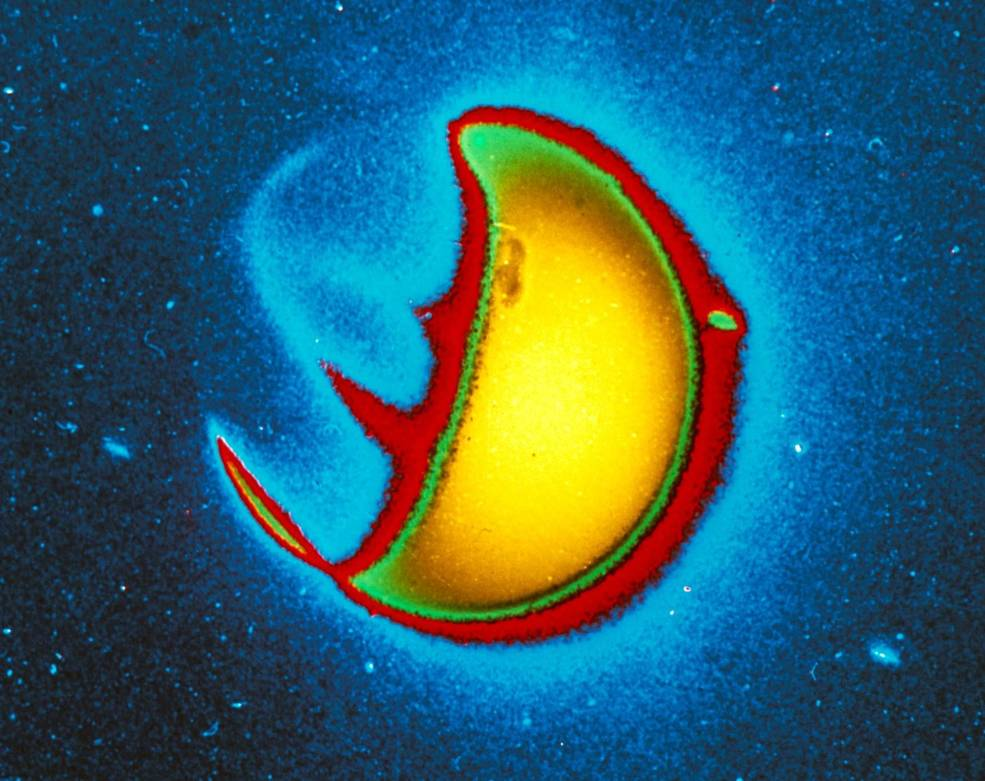
Summary
Mission Capabilities
The SmallSat will aid space weather scientists by providing advanced warnings of solar storms headed towards Earth. The Carruthers Geocorona Observatory will study the Earth’s exosphere by tracking far ultraviolet light emitted from hydrogen. GLIDE is the first mission dedicated to measuring changes in the exosphere, and it will answer key questions about the exosphere’s nature. This outermost layer of the atmosphere and how it changes is not well understood.
Performance Specifications
The spacecraft will be launched to the first Lagrangian equilibrium point (L1), approximately one million miles towards the Sun, with the IMAP mission, which aims to study particles streaming to Earth from the heliosphere. From this distance, the entire of Earth’s exosphere can be captured to study the effect of the Sun.
Space and Hardware Components
The GLIDE spacecraft is under development by Ball Aerospace, which will base the satellite bus on the Ball Configurable Platform (BCP). GLIDE will provide the first continuous observations of the exosphere - the uppermost layer of Earth’s atmosphere. GLIDE has passed Key Decision Point C of development, and will develop its final design and instruments.
The Carruthers Geocorona Observatory / GLIDE (Global Lyman-alpha Imager of the Dynamic Exosphere)
Overview
With the launch of NASA’s upcoming Interstellar Mapping and Acceleration Probe (IMAP) in 2025, the agency will make use of their new RideShare policy, in which an excess launch capacity will permit the launch of SmallSats alongside the primary payload. GLIDE (Global Lyman-alpha Imagers of the Dynamic Exosphere), now renamed as the Carruthers Geocorona Observatory, will study the exosphere, the uppermost layer of the atmosphere, and the solar wind - the particles and energy in space. Funding for the Carruthers Geocorona Observatory is provided through the Heliophysics Solar Terrestrial Probes program, which is managed by NASA’s Goddard Space Flight Center in Greenbelt, Maryland. 1)
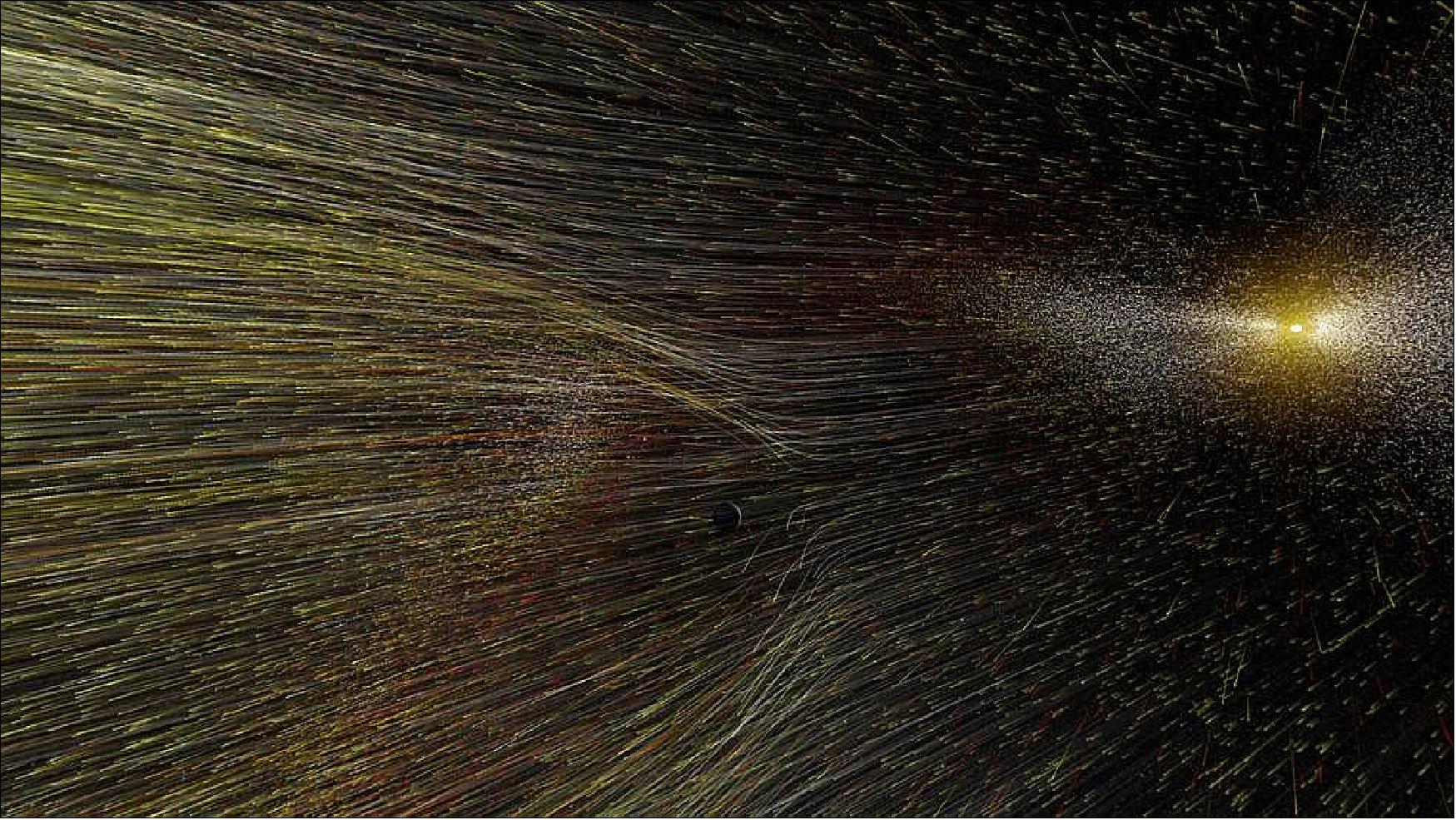
The IMAP mission will help researchers better understand the interstellar boundary region, where the solar wind ends and interstellar space begins - also known as the heliopause. With the benefit of smaller missions paired with primary payloads like IMAP, more opportunities are created to study the solar system and develop innovative technical capabilities. 1)
The Carruthers Geocorona Observatory was chosen as the science mission with the objective to study the fundamental nature of space and the environment between space and the exosphere. The mission will study variability in the Earth’s exosphere by tracking far ultraviolet light emitted from hydrogen. In order to capture the whole exosphere, the satellite needs to be outside the atmosphere. It will be placed in orbit with IMAP at the inner Lagrangian point, where it can continuously observe the entire exosphere and its response to solar storms from the Sun. The mission will provide the first continuous observations of the exosphere, as only a few comparable ultraviolet (UV) light images have before been taken at this distance from Earth. Continuous observations of the exosphere will help us understand how it reacts to the Sun’s influence and will create opportunities to forecast and mitigate interference of radio communications by weather in space. 1)
The demonstration will serve as a pathfinder for solar environment observation missions from L1, creating a range of capabilities for the Heliophysics Program and for space weather monitoring. Observations from the Sun-Earth Line (SEL) enable space weather monitoring and prediction, allow scientists to answer Heliophysics questions and for revealing new discoveries about the Sun and solar system. 2)
Spacecraft
Ball Aerospace was selected in February 2021 to develop the Carruthers Geocorona Observatory spacecraft for NASA’s heliophysics Mission of Opportunity. The principal investigator for the mission is Lara Waldrop at the University of Illinois at Urbana-Champaign, while the University of California, Berkeley (UC Berkeley) is managing the mission implementation. The mission is budgeted for $75 million. 3) 4)
“Combining Ball’s flexible spacecraft with UC Berkeley's innovative instrument provides a powerful solution to meet the needs of the scientific community’s understanding of our exosphere, enabling science at any scale”, said Dr. Mackenzie Lystrup, Vice President and general manager, Civil Space, Ball Aerospace.
The GLIDE spacecraft bus is based on the Ball Configurable Platform (BCP), a common spacecraft bus for flexible and cost effective applications. Standard payload interfaces will streamline payload accommodation and minimise mission delivery time. 3)
Launch
The Carruthers Geocorona Observatory has been chosen by NASA to launch alongside IMAP in 2025. The missions will be launched together to the first Lagrangian equilibrium point (L1), approximately one million miles towards the Sun.
IMAP is planned to launch on the SpaceX Falcon 9 Full Thrust rocket from Launch Complex 40 at Cape Canaveral Air Force Station in Florida. The total cost for NASA to launch IMAP as well as the secondary payloads is approximately $109.4 million. 5)
Secondary Payloads
IMAP will be accompanied on launch by the Carruthers Geocorona Observatory, alongside two additional secondary payloads:
- Lunar Trailblazer, a SmallSat investigating lunar water and geology by NASA and Caltech
- SWFO-L1 (Space Weather Follow-on - L1), a mission to provide space weather measurement as a continuation of the DSCOVR mission, by NOAA (National Oceanic and Atmospheric Administration). SWFO-L1 will collect solar wind data and coronal imagery, as well as forecast solar storm activity 6).
Development Status of the Carruthers Geocorona Observatory
• December 2, 2022: NASA’s GLIDE mission has been renamed to the Carruthers Geocorona Observatory, in honour of Dr. George R. Carruthers. The mission was previously known as Global Lyman-alpha Imager of the Dynamic Exosphere, or GLIDE. The renaming event took place at Carruthers’ alma mater, the University of Illinois Urbana-Champaign, where he earned his bachelor’s, master’s, and doctorate degrees in the 1960s. Carruthers was the scientist who designed and built the first moon-based telescope which captured the first images of Earth’s geocorona from space 7).
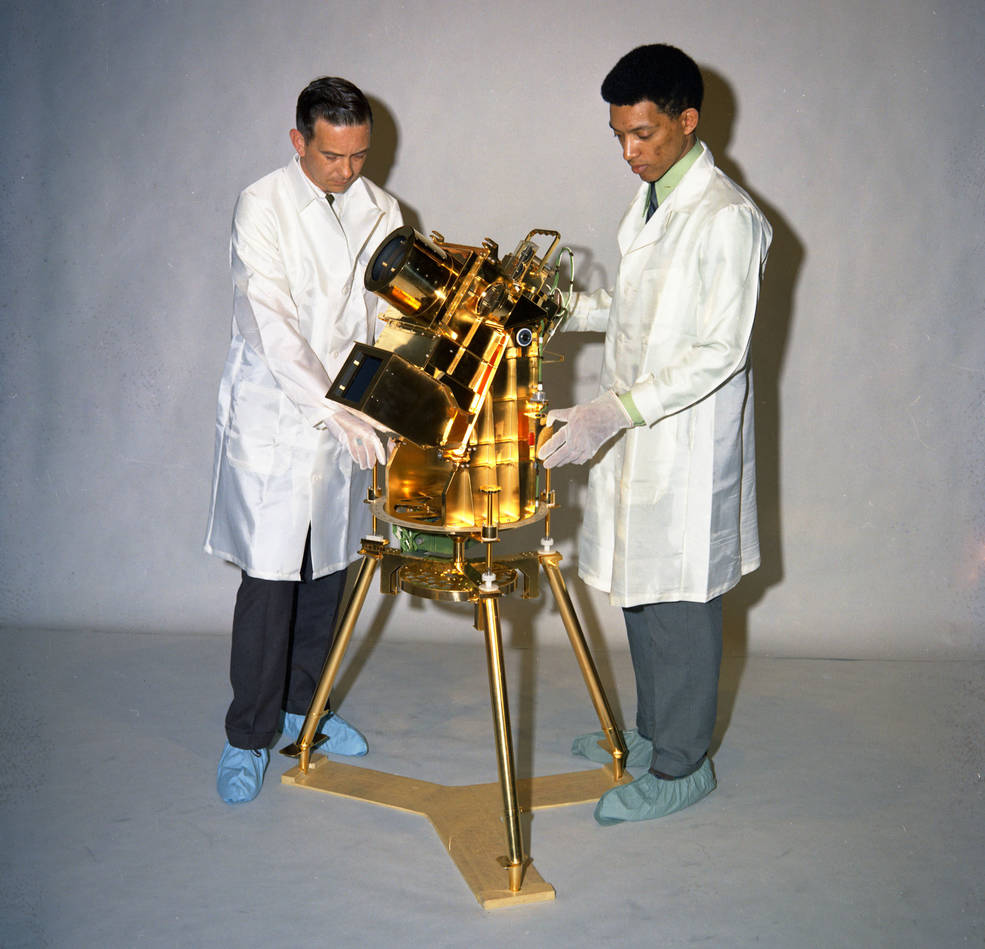
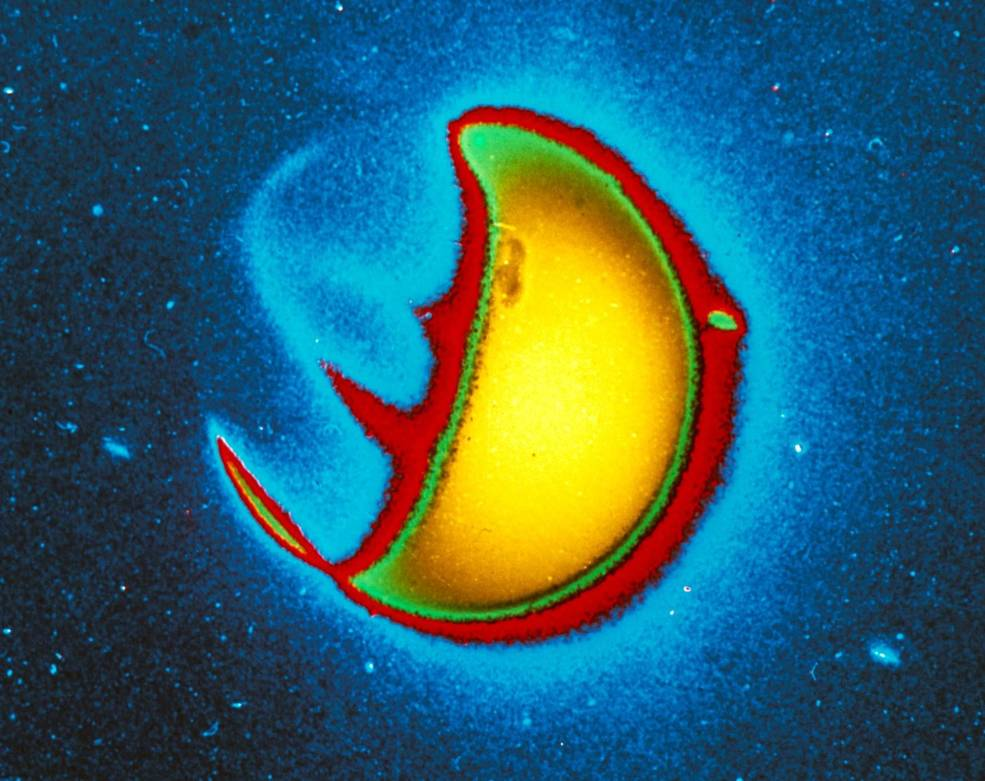
• July 9, 2022: Rocket Lab, a leading launch and space systems company, has been selected by Ball Aerospace to manufacture the Solar Array Panel (SAP) to power the GLIDE mission spacecraft planned to launch in 2025 4).
• January 13, 2021: NASA’s Global Lyman-alpha Imager of the Dynamic Exosphere, or GLIDE mission, passed the Key Decision Point C mission review, moving the mission into its next phase with a target launch readiness date of 2025. The review evaluated the mission’s preliminary design and project plan to achieve launch by its target launch readiness date. With the successful review, GLIDE now moves into phase C, which includes the final design of the mission and building of the instruments.
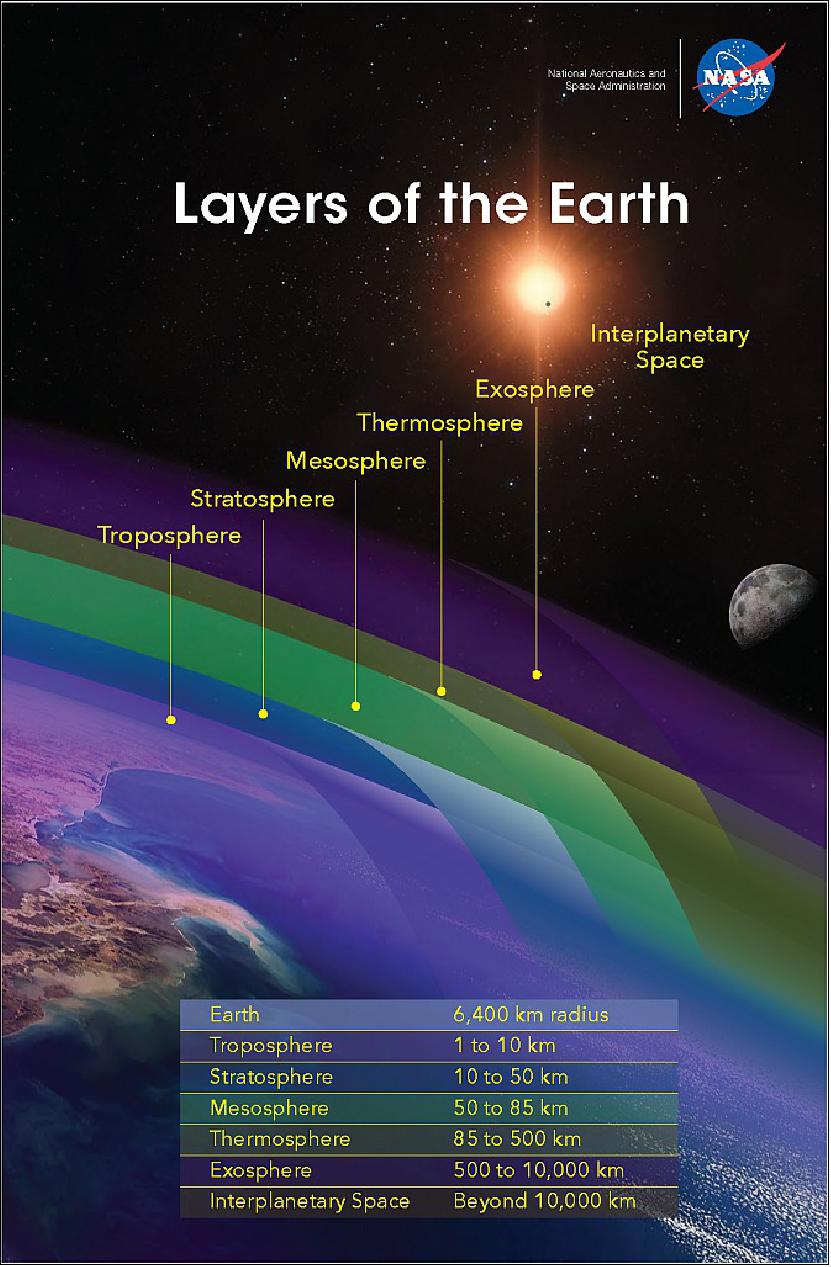
References
1) Grey Hautaluoma, ”NASA Selects Heliophysics Missions of Opportunity for Space Science Research and Technology Demonstration,” NASA Press Release 20-120, 3 December 2020, URL: https://www.nasa.gov/press-release/nasa-selects-heliophysics-missions-of-opportunity-for-space-science-research-and
2) L. Johnson, D. McKenzie, and J. Newmark, ”The Solar Cruiser Mission Concept — Enabling New Vistas for Heliophysics,” BAAS (Bulletin of the American Astronomical Society), Volume 52, Issue 3, Published: 01 June 2020, URL: https://baas.aas.org/pub/aas236-106p08-johnson/release/1
3) PR Newswire, ”Ball Aerospace to Build Spacecraft for NASA Heliophysics Science Mission,” 09 February 2021, URL: https://www.prnewswire.com/news-releases/ball-aerospace-to-build-spacecraft-for-nasa-heliophysics-science-mission-301224963.html
4) ”Rocket Lab selected by Ball Aerospace to Power NASA’s GLIDE Spacecraft,” Businesswire, 9 June 2022, URL: https://www.businesswire.com/news/home/20220609005322/en/Rocket-Lab-selected-by-Ball-Aerospace-to-Power-NASA%E2%80%99s-GLIDE-Spacecraft
5) “NASA Awards Launch Services Contract for IMAP Mission”, NASA Kennedy, 4 January 2021, URL: https://www.nasa.gov/press-release/nasa-awards-launch-services-contract-for-imap-mission
6) Herbert J. Kramer, “IMAP (Interstellar Mapping and Acceleration Probe)”, eoPortal, 16 July 2019, URL: https://www.eoportal.org/satellite-missions/imap
7) Miles Hatfield, “NASA Names Mission in Honor of Dr. George R. Carruthers, Visionary Behind First Moon-Based Telescope,” NASA’s Goddard Space Flight Center, Greenbelt, Md, URL: https://www.nasa.gov/image-feature/goddard/2022/sun/nasa-names-mission-in-honor-of-dr-george-r-carruthers-visionary-behind-first-moon